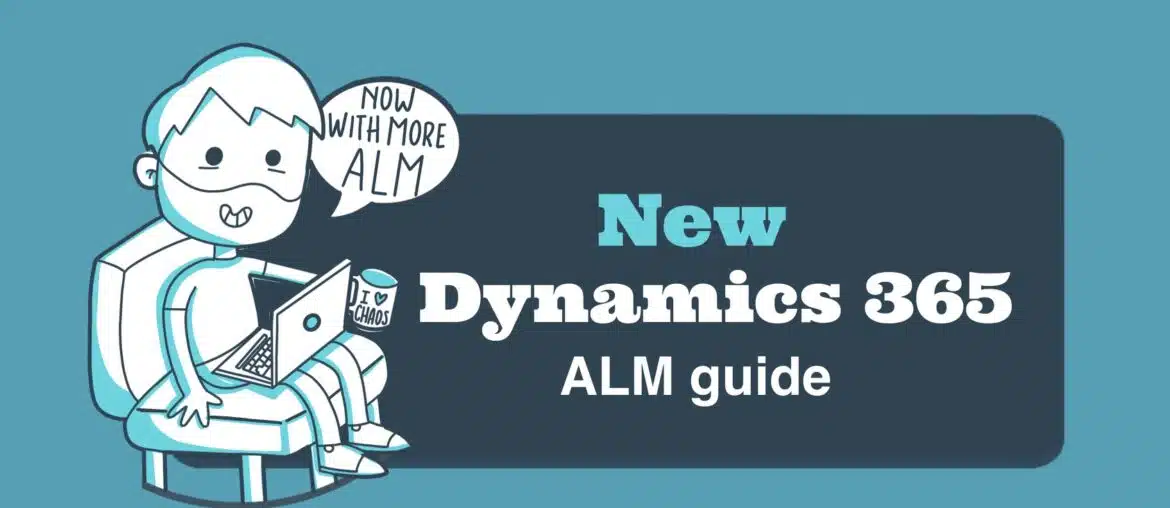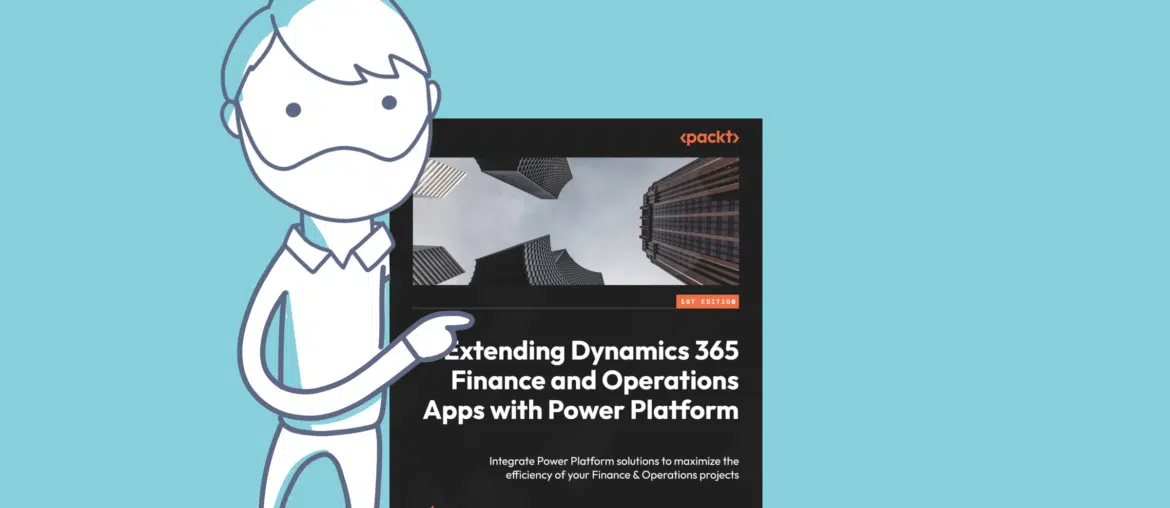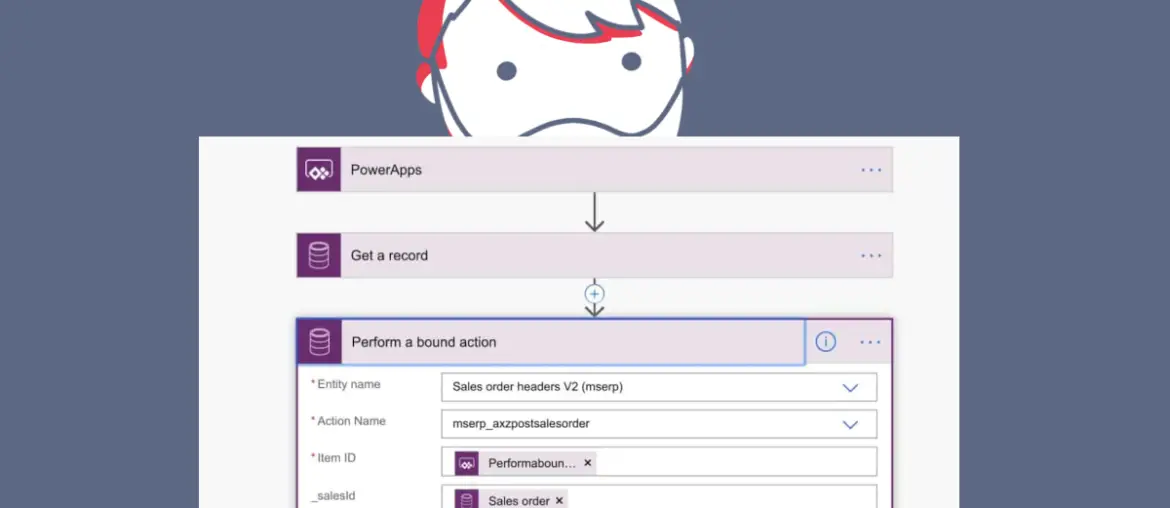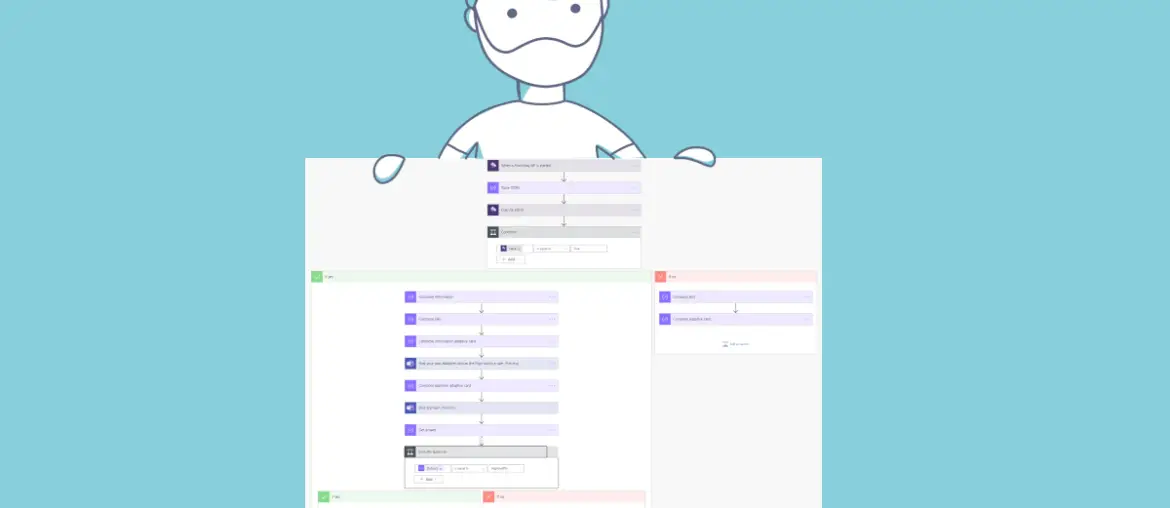If you’re integrating Dynamics 365 Finance & Operations with 3rd parties, and your organization or the 3rd party one are using a firewall, you might’ve found yourself in the scenario of being asked “which is the production/sandbox IP address?”.
Well, we don’t know. We know which IP it has now, but we don’t know if it will have the same IP in the future, you will have to monitor this if you plan on opening single IPs. This is something Dag Calafell wrote about on his blog: Static IP not guaranteed for Dynamics 365 for Finance and Operations.
So, what should I do if I have a firewall and need to allow access to/from Dynamics 365 F&O or any other Azure service? The network team usually doesn’t like the answer: if you can’t allow a FQDN, you should open all the address ranges for the datacenter and service you want to access. And that’s a lot of addresses that make the network team sad.
In today’s post, I’ll show you a way to keep an eye on the ranges provided by Microsoft, and hopefully make our life easier.
WARNING: due to this LinkedIn comment, I want to remark that the ranges you can find using this method are for INBOUND communication into Dynamics 365 or whatever service. For outbound communication, check this on Learn: For my Microsoft-managed environments, I have external components that have dependencies on an explicit outbound IP safe list. How can I ensure my service is not impacted after the move to self-service deployment?









